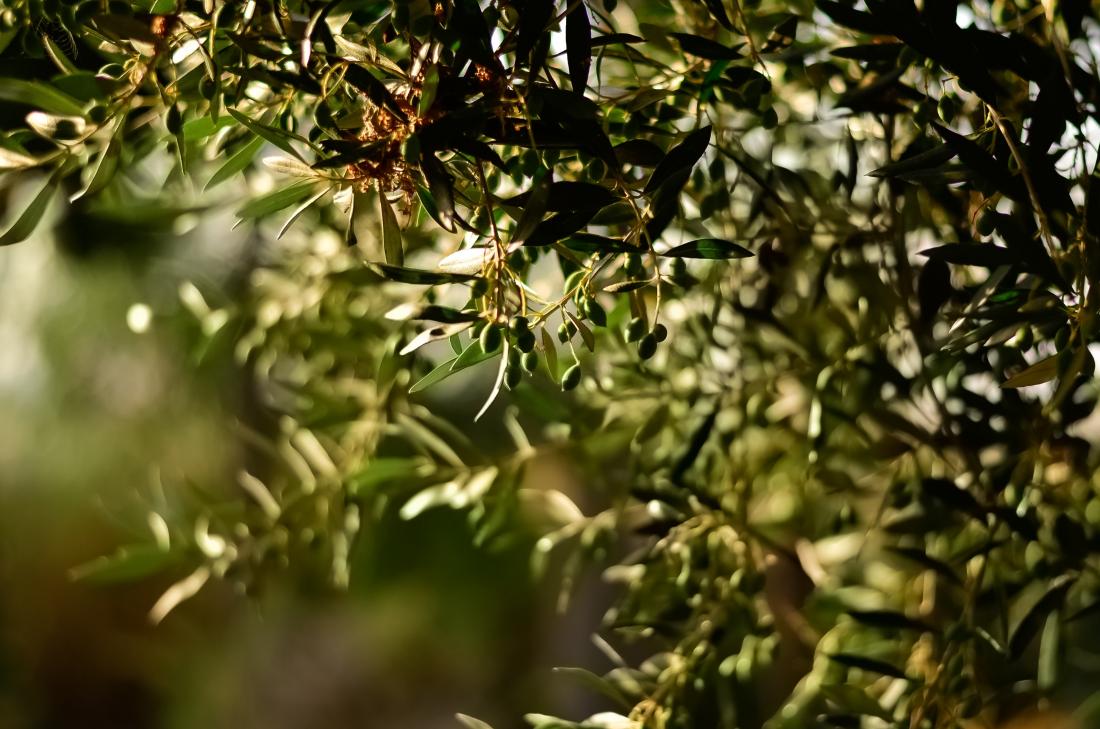ARTOLIO introduces the topic of irrigation and drought in olive oil fields

As mentioned last month, one of the essential practices in olive growing, or in any type of crop, is irrigation. However, in order to determine what type of irrigation to use, the type of crop must be considered. In the case of olive trees, they are usually extremely resistant to drought.
The expert agronomists of ARTOLIO have thoroughly researched the needs of the regions that the project covers: Spain, Greece, Israel, Cyprus and Palestine. What olive trees in the Mediterranean area share in common is that they are usually found in extremely dry areas, desolate due to lack of rainfall. It would not be the first time that millennial olive trees are found in the desert or in almost completely arid areas. However, irrigation comes into play when harvest conditions deteriorate due to lack of water.
In particularly dry areas, it is recommended that planting frames to be wider, so that each olive tree has more land from which to draw water. The varieties that are usually found among the most resistant are: Hojiblanca, Morisca, Picual, Koroneiki, Chemlali from Sfax, Picholine Moracaine, Cornicabra, Biancolilla and Blanqueta, among others.
However, the different varieties of olive trees determine the amount of water needed. Too much water poses a risk to the health of the tree, and too little water affects the crop and production. Trees with less irrigation may become smaller in size, or produce fewer olives. So, it is advisable to have a good irrigation system, if necessary.
To counteract the lack of water by natural means because most of the regions that make up the project have drought problems, many of our farmers have received the installation of an irrigation system. In doing so, production has become more stable, which was one of the objectives at the beginning of the project. The partners and farmers are committed to the cause and expect the project to be as productive as possible.
For now, many of the harvests have shown promising results, with half of our farmers having reached the extra virgin olive oil mark and having their own brand.







